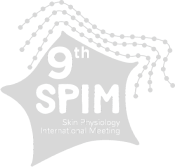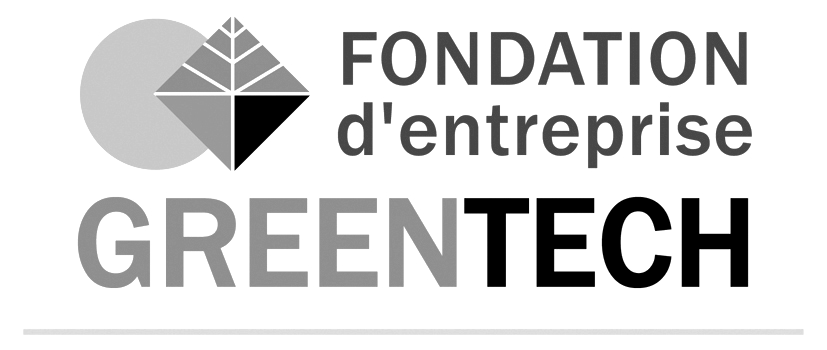The Scientific Committee selected the “Best Junior Scientist 2020“ among the 9 young researchers (PhD or post-PhD) nominated and invited to present their results to Scientists and Industrials coming from the Dermatology and Cosmetic Worlds.
The Scientific Committee awarded a young and expert scientist for her outstanding work, Ms Silvia BENITO-MARTINEZ.
She received the grant of €15,000.
Her scientific project was :
Characterization and modulation of the pigment reservoir in keratinocyte
The aim of the project was to establish and to validate the first in vitro system that allowed studying the pigmentation of keratinocytes and which behaved physiologically recapitulating the features reported in situ in human skin. The system was made of isolated melanocores and normal human keratinocytes allowing to quantitatively track the intracellular location and integrity of individual melanocores.
The new model will be exploited using biochemistry, electron and optical microscopies to define the cellular and molecular bases and associated pigmentary processes taking place in the keratinocytes. It will allow to bring new crucial knowledge in the field of cell biology, pigmentation and skin photo-protection allowing to open new avenues in order to design strategies modulating pigmentation in health and diseases.
Concerning the « Best SPIM Poster 2020 », Nadine SERHAN’s poster was selected by all participants and received the grant of €4,000.
Her topic was :
Nociceptive sensory neurons, key regulators of allergic skin inflammation
The study offers direct evidence of the functional interplay between the nervous and immune systems in the context of allergic skin inflammation. Upon exposure to prevalent house dust mites, sensory neurons (also called nociceptors) are activated to release substance P that, in turn, triggers mast cell degranulation, via the activation of their newly-described receptor for cationic molecules, Mas Related G protein-coupled Receptor B2 (MRGPRB2); what results in the development of atopic dermatitis-like allergic skin inflammation. Targeting these nociceptor-mast cell interactions might therefore represent a promising therapeutic approach for the prevention and/or treatment of atopic dermatitis.












